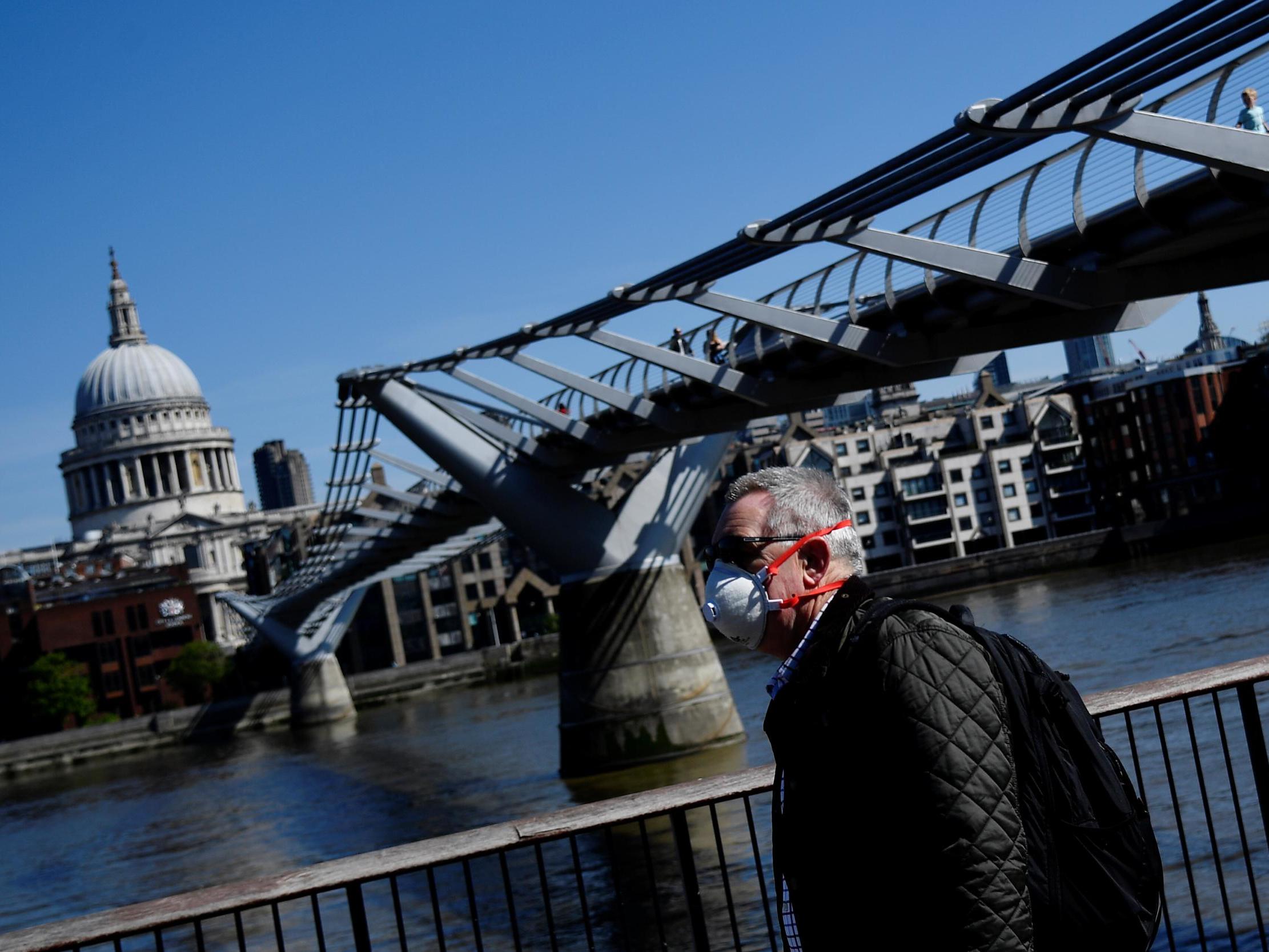Coronavirus: UK’s R rate of infection has increased, scientists say
Experts believe the rise is being driven by outbreaks in care homes

Your support helps us to tell the story
From reproductive rights to climate change to Big Tech, The Independent is on the ground when the story is developing. Whether it's investigating the financials of Elon Musk's pro-Trump PAC or producing our latest documentary, 'The A Word', which shines a light on the American women fighting for reproductive rights, we know how important it is to parse out the facts from the messaging.
At such a critical moment in US history, we need reporters on the ground. Your donation allows us to keep sending journalists to speak to both sides of the story.
The Independent is trusted by Americans across the entire political spectrum. And unlike many other quality news outlets, we choose not to lock Americans out of our reporting and analysis with paywalls. We believe quality journalism should be available to everyone, paid for by those who can afford it.
Your support makes all the difference.The UK’s R rate of coronavirus infection has increased across the UK, potentially as high as the dreaded 1.0 figure, scientists have said.
R is a measure of the number of people, on average, to whom an infected person transmits Covid-19.
Last week the virus’ reproductive rate in the UK was thought to be between 0.5 and 0.9 but the Government Office for Science estimates it is now between 0.7 and 1.0.
Experts believe the increase is being driven by outbreaks in care homes, and the data does not take into account the easing of lockdown measures. Some 400 new care home outbreaks have been logged in the last week, The Independent reported yesterday.
Officials have said the easing of lockdown measures depends on the R value staying below one.
The Scientific Pandemic Influenza Group on Modelling (SPI-M), a sub-group of the Scientific Advisory Group for Emergencies (Sage), has built a consensus on the value of R based on expert scientific advice from multiple academic groups.
The range of 0.7 to 1.0 is based on the latest data available to determine infection and transmission rates.
As data on infection is estimated through data on symptomatic cases, hospitalisations or deaths, there is a delay of up to three weeks cause by the time elapsed between a person catching Covid-19, going to hospital, and dying.
The range announced on Friday applies to data before the adjustments to lockdown restrictions that came into place earlier this week in England. That means there is no real-time figure for R
Sage has said it is confident that, overall, the R is not above one, meaning the number of infections is not increasing, and is very likely to be decreasing.
Sir Patrick Vallance, the government’s chief scientific adviser, said: “R is one of the important things you can track to understand an epidemic.
“If you can estimate R, then you have part of a reliable tool for planning how to combat the virus. If the R is higher than one that means this disease is growing exponentially and will keep on spreading to more and more people.
“To keep R below one and control the virus, it is vital that people stay alert and continue to follow the latest government guidelines to the letter. In the coming weeks we will update this estimate regularly.”
R is an average value that can vary in different parts of the country, communities, and sub-sections of the population. In London, there are currently just 24 new infections per day, a figure that is halving every three and a half days. Experts say the overall number of cases is also an improtant measure of how the UK is responding.
Deputy chief medical officer Dr Jenny Harries told Friday’s Downing Street press conference: “R is a very standard way of looking and comparing what is happening, and it is a really important measure.
“But the real outcome that we are looking for is a reduction in the number of cases and getting rid of the epidemic in the UK. So that is our focus, not R. R is a representation of what is happening in that fight.”
Matt Hancock, the health secretary, added: “We are constantly keeping the R under review. We don’t think that it is above one. So that meets that test. It is an incredibly important figure for policymakers but it is one data point to look at alongside the level of new cases.”
During Friday’s press conference, Mr Hancock was forced onto the defensive regarding care homes stricken by coronavirus. He admitted that “there is much more to do” to help the social care sector beat the virus.
Additional reporting by Press Association
Join our commenting forum
Join thought-provoking conversations, follow other Independent readers and see their replies
Comments